As far as I am concerned, Maine landscape painting was truly born when Frederic Church made his first scouting trip to Katahdin in 1852.
Something clicked in Church. At Katahdin, he found the very heart of the American wilderness. Church became a superstar with his exotic and picturesque landscapes, and lived mainly at his New York estate. But for the rest of his life, he was drawn to his 180 acres near Maine’s heart of darkness: Katahdin.
Just as we (wrongly) overlook Church in the shadow of America’s arguably greatest artist, Winslow Homer, it’s now hard to see Maine landscape behind the coastal schools of painting to whom Maine is the ocean’s edge, with its seductively siren-sung songs of the sea.
For Church’s America, which was still thick with a wild-edged frontier, the horizon was no longer the ocean blue but the mysterious landscape of manifest destiny.
At some point, however, we changed our gaze from three mountains in a wood to the three islands in a bay.
Co-curators David Little’s and Stephen Halpert’s “A Mountain Rises: The Art of Katahdin” at the University of New England in Portland is a quirky and diverse exhibition of about 100 works relating to the history of the visual culture of the mountain based on Little’s new book, “Art of Katahdin.”
The exhibition reveals a great deal about the spiritual and cultural paths of Maine landscape painting.
It would have been simple enough to gather a few dozen of the most appealing images by famous artists who have taken on Maine’s highest mountain, but this is not that show. Instead, “A Mountain Rises” is about the lure of Katahdin and its inexplicable power over our imaginations.
The exhibition announces Little’s book, but the eclectic show has its own personality and strength of vision.
Unlike standing at the edge of the sea or staring into the night sky, Katahdin casts its spell — its aura — with an indomitable sense of place.
We see it in Sanford Gifford’s gorgeous 1877 oil, and we see in Jean McLean’s kitschy edition of “Katahdin Country” — with three actual tied fishing flies included. It’s this kind of daring leap to bind the vernacular to rarified high culture that makes this a truly insightful exhibition. This trickle-down cultural motion is the mechanism of legend.
“A Mountain Rises” makes a persuasive case that the spiritualized culture of Katahdin creates pilgrims. It’s a strange goal for an art show, but, oddly, it is an American thing. This is no Haj — it’s the call of the New World.
This appears most clearly to me in work by artists I know. Caren-Marie Michel’s works, for example, are usually geared towards painterly qualities rather than description. But her images of Katahdin are about a sense of place. And while Michael Boardman (who has been artist-in-residence at Baxter) usually bases his watercolors on observational talent, his Katahdin works take on a spiritual power.
Boardman’s “Cloud Gatherer” seems to show the mountain devouring a cloud rather than being encompassed by it, and his “Sleeping Giant” might be the most strangely enigmatic work in the show — it shows a moose lying on the forest floor. It could be asleep or dead, but somehow, it is a dream image with extraordinary — even lethal — potential. It could be a metaphor for the mountain or its spirit, Pamola.
Pamola is the sphinx-like god of thunder and cold weather who was both revered and feared by the Abenakis. Out of respect for the vengeful Pamola, climbing Katahdin was taboo.
In other words, Katahdin is, and has always been, a fearsome and hallowed ground.
Little distills this idea through a combination of first-hand and source materials, because there is no story of Katahdin except through the awed lens of human experience. This is both the reason and the effect of the spiritual discourse about Katahdin.
While Little doesn’t ignore the geological fact of the mountain, what he finds is myth — a local, spiritual culture writ large in visual art.
Unfortunately, “A Mountain Rises” doesn’t include any original works by Church, but there are interesting pieces by notable artists such as James Fitzgerald, Marsden Hartley and Carl Sprinchorn. George Hallowell is particularly well-represented by some deco-infused watercolors and an extraordinarily rendered Teddy Roosevelt-ish guide.
Sam Cady’s large-shaped canvas of Knife’s Edge over Chimney Pond impressively greets the entering viewer. I know the place well, and clearly, so does Cady. But the strongest work on the first floor is William Kienbusch’s 1949 stylized-but-serious gouache of the same scene that exerts both anthropomorphized pride and claustrophobic power.
There is a fascinating group of textured detail images, including Vincent Hartgen’s watercolor close-up “Katahdin Crevice” and Abbott Meader’s energized but insistently quiet pastel of the forest floor near Daicey Pond.
Two of the show’s strongest works are watercolors on the second floor by Alice Spencer and Susan Siegel.
Spencer’s “Katahdin” is a swirling though strangely stolid wet-textured image of the granite boulder path towards the far-off peak. Siegel’s “Bell Pond” is a circus-bright watercolor whose boldly saturated palette almost completely camouflages a brilliantly strategic structure and some extraordinary drawing.
There is also a number of surprisingly kitschy works selected for story rather than strength. Some are funny and some are campy, but some are undeniably atrocious paintings. This will challenge certain viewers, but the group reveals the footing in popular culture necessary for mythmaking — a key to Little’s Katahdin narrative.
One painting that smartly expands this range of modes — by de-romanticizing the myth gap between Katahdin pilgrims and Millinocket locals — is Marsha Donahue’s “Katahdin from the Granite Street Bridge.”
Little has included his own paintings. While usually this is ethically uncomfortable terrain, he is right to fully reveal his engagement. His jaunty oils explain a great deal about the show’s quirky footprint.
“A Mountain Rises” acts like a cultural history when in fact it is a spiritual history of Katahdin’s apostolic artists. While it follows a weird and seemingly meandering visual narrative to convey the conundrum of Katahdin, Little has tapped into something unassailably authentic.
It’s a fascinating show.
Freelance writer Daniel Kany is an art historian who lives in Cumberland. He can be contacted at:
dankany@gmail.com
Send questions/comments to the editors.

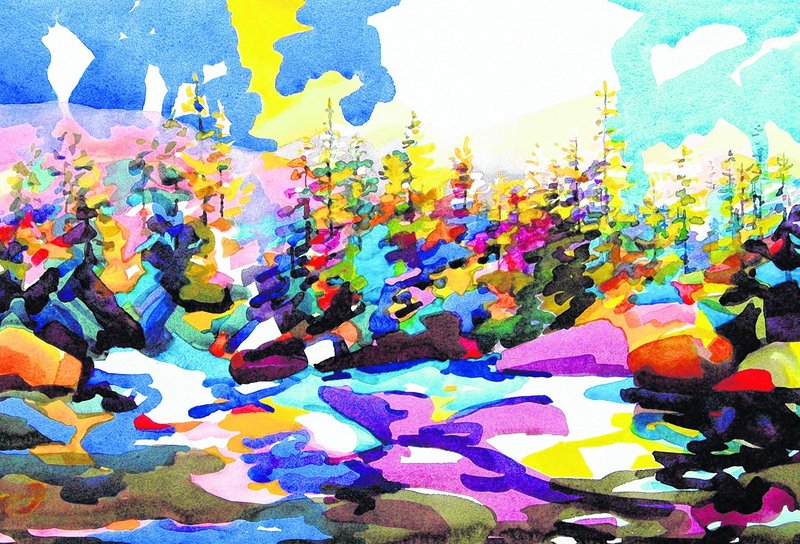
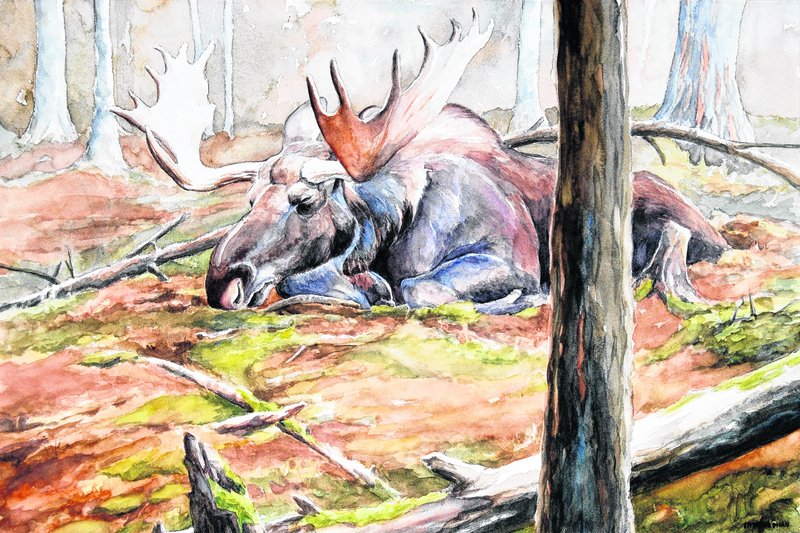
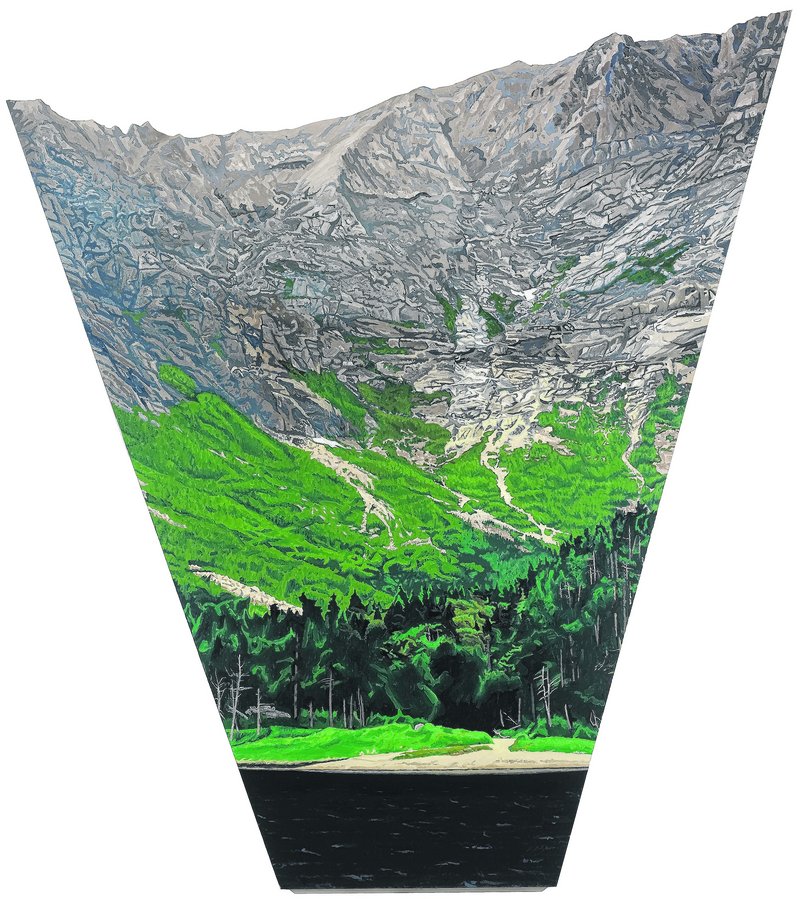
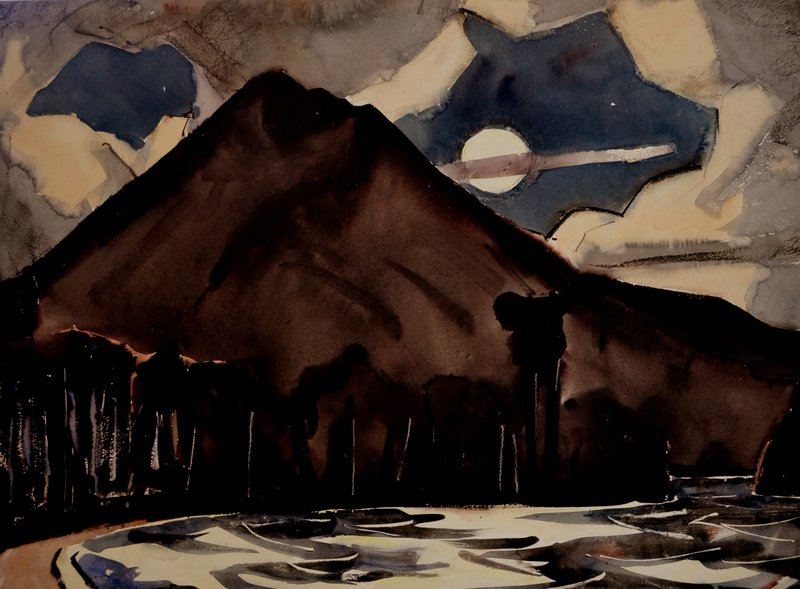
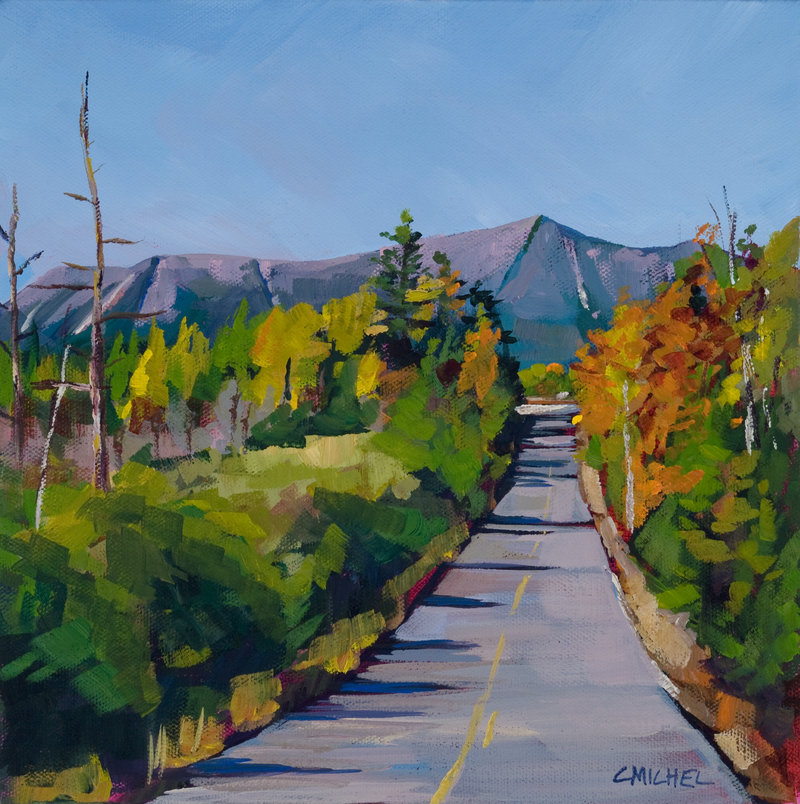

Comments are no longer available on this story